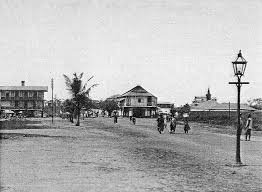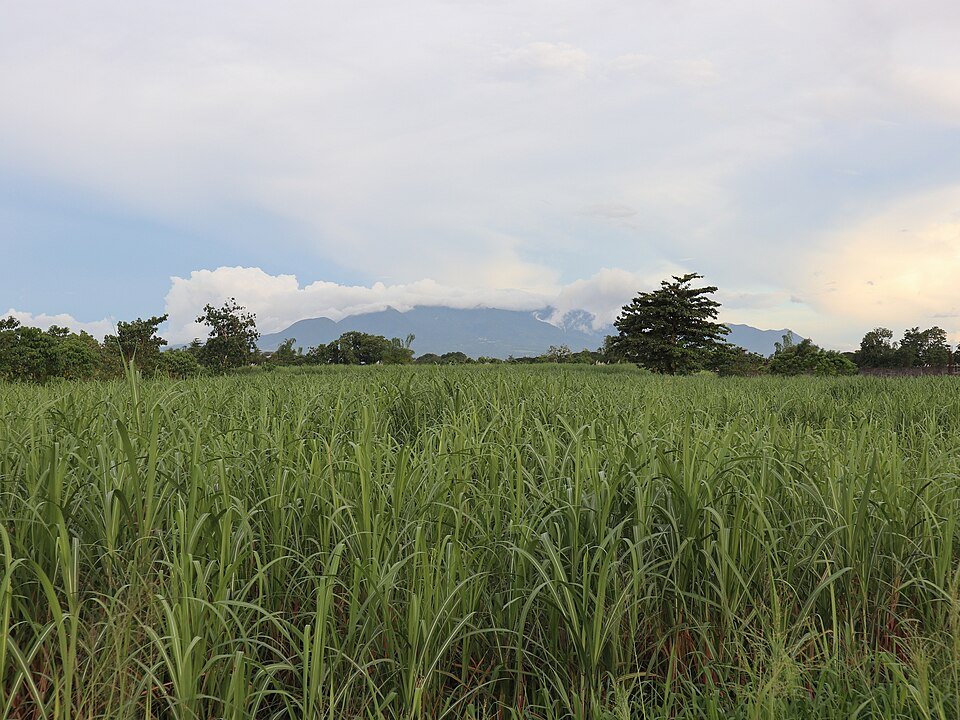Roots of Sugarcane Cultivation
The origins of sugarcane cultivation in Bacolod City can be traced back to the early Spanish colonial period, when the landscape of the Philippines began to transform under European influence. Initially, local communities relied on traditional agriculture to sustain themselves, cultivating rice and root crops. However, the early introduction of sugarcane into the region marked a pivotal moment in agricultural practices, as farmers began to recognize the crop’s potential not only for sustenance but also as a lucrative commodity.

As sugarcane was introduced, particularly from neighboring islands, it presented both opportunities and challenges. The rich soil and favorable climate of Bacolod City made it an ideal location for sugarcane cultivation, yet the farmers faced significant hurdles. These early agriculturalists grappled with the unfamiliar techniques required for planting, harvesting, and processing sugarcane. Limited access to resources and knowledge often resulted in difficult circumstances, putting their dreams of prosperity on the line.
Emotional narratives from the first farmers reveal their resilience and hope. Many were driven by the aspiration to improve their families’ livelihoods, often investing every ounce of their strength into this new venture. With each planting season, the fields became a tapestry of hard work and determination, as families toiled under the sun, nurturing the plants while envisioning a brighter future. Over time, through shared experiences and traditional wisdom passed down through generations, these farmers began to adapt their methods, enhancing their yields and gradually establishing a robust sugarcane economy.
The evolution of sugarcane cultivation in Bacolod City, from humble beginnings to a cornerstone of the local economy, serves as a testament to the ability of communities to adapt and thrive. The agricultural bond forged with the land and the sweet crop has woven an integral narrative in the history of Bacolod, laying the foundation for its famed sugar industry that continues to shape its identity today.
The Rise of the Sugar Industry
The sugar industry in Bacolod City experienced significant growth during the 19th and 20th centuries, transforming the region’s socio-economic landscape. Initially introduced by Spanish colonizers, the cultivation of sugarcane in Negros Island underwent substantial expansion, particularly with the establishment of large plantations. By the late 19th century, Bacolod City emerged as a vital center for sugar production, capitalizing on favorable climatic conditions and fertile soil, which provided a conducive environment for sugarcane farming.

This era witnessed a remarkable increase in job opportunities, drawing numerous laborers from surrounding regions. Families migrated to Bacolod City, attracted by the prospects of employment within the burgeoning sugar industry. Sugarcane plantations became the backbone of local communities, with many relying on cultivation, harvesting, and processing activities for their livelihoods. The influx of laborers not only bolstered the workforce but also contributed to the cultural tapestry of Bacolod, as diverse communities intermingled and shared traditions.
As the industry thrived, it infused new life into the local economy. The establishment of processing facilities, transport networks, and support industries created a ripple effect, enriching various sectors, including trade and services. Business opportunities flourished with the convergence of demand for goods and services. Local entrepreneurs emerged, providing everything from agricultural supplies to retail services. This economic boom also fostered the development of infrastructure, enhancing connectivity and access to resources.
However, the rise of the sugar industry brought not only economic benefits but also challenges. Many families faced the highs and lows associated with sugarcane cultivation, including the fluctuations of sugar prices and the harsh realities of labor conditions. Emotional stories abound of families whose lives were intertwined with the rhythms of sugar production, their hopes rising with each harvest, while hardships loomed in the shadows of industry cycles. Despite these challenges, the allure of the sugar industry continued to dominate, shaping Bacolod City’s identity and future.
The Decline and Resilience of Sugar Plantations
The sugarcane plantations in Bacolod City, once thriving symbols of prosperity, have faced considerable challenges in recent decades. These challenges stem from a combination of global market fluctuations, detrimental impacts of climate change, and intensifying competition from other agricultural regions. The market liberalization in the early 2000s led to a surge in imported sugar, exacerbating the struggles of local farmers who found it increasingly difficult to compete in pricing and production volume. As this shift occurred, small-scale farmers and plantation workers began to experience a significant decline in their livelihoods, leaving many families in financial distress.
Climate change has further exacerbated the situation, with erratic weather patterns such as prolonged droughts and heavy rainfall adversely affecting crop yields. This unpredictability not only threatens the viability of the sugar industry but also instills a pervasive sense of uncertainty within the community. Interviews with long-time plantation workers and owners reveal a shared emotional burden, as years of hard work in the fields have been undermined by forces beyond their control. These stories reflect the heartache and anxiety experienced by families who have relied on sugarcane cultivation for generations.
Despite these formidable obstacles, the resilience of Bacolod’s community has shone through in their efforts to adapt and innovate. Many have turned to diversification, embracing new crops and alternative livelihoods as they strive to preserve their heritage and support their families. Initiatives aimed at organic farming and sustainable practices are gaining traction, demonstrating a commitment to the land and the knowledge passed down through the years. The community’s drive to innovate while honoring their rich history stands as a testament to their unwavering spirit in the face of adversity, ensuring that the legacy of sugarcane plantations will endure in one form or another.
A Sweet Future: Traditions and Adaptations
The journey of sugarcane cultivation in Bacolod City has evolved significantly over the years, marrying traditional practices with modern agricultural techniques. Today, local farmers are facing the dual challenge of maintaining the socio-cultural significance of sugarcane while adapting to contemporary demands and environmental changes. In this pursuit, many farmers have embraced innovative methods that enhance yield and sustainability. The integration of precision farming, organic cultivation, and agroecological practices is becoming increasingly prevalent, allowing growers to respond to market pressures while preserving their heritage.
A noteworthy trend is the emphasis on sustainability. Farmers in Bacolod City are exploring agroforestry and intercropping, techniques that not only boost sugarcane production but also contribute to soil health and biodiversity. The shift towards organic fertilizers and integrated pest management is reflective of a broader awareness regarding environmental preservation. By doing so, these farmers respect traditional agrarian methods while paving the way for sustainable futures.


Leave a Reply